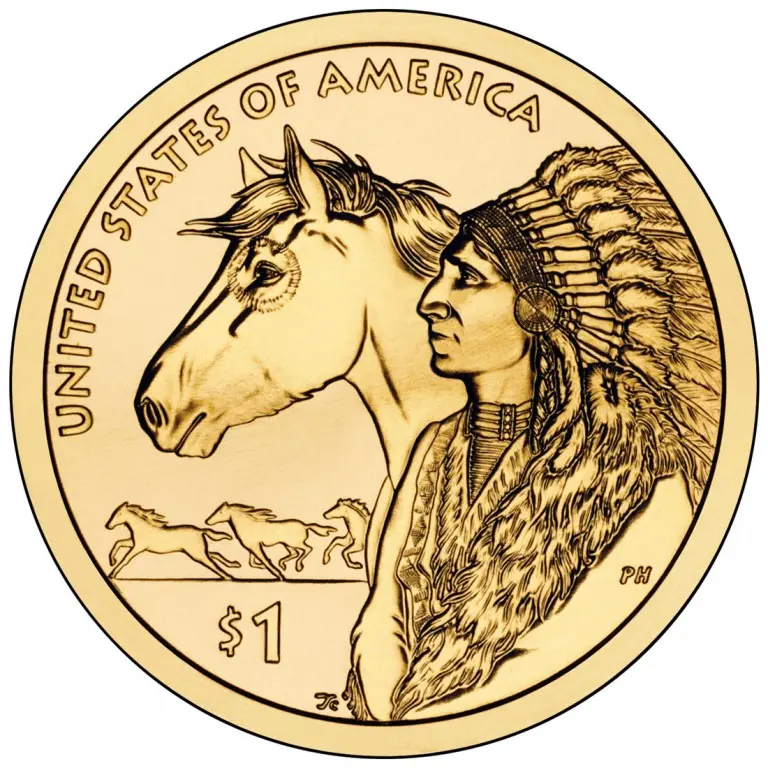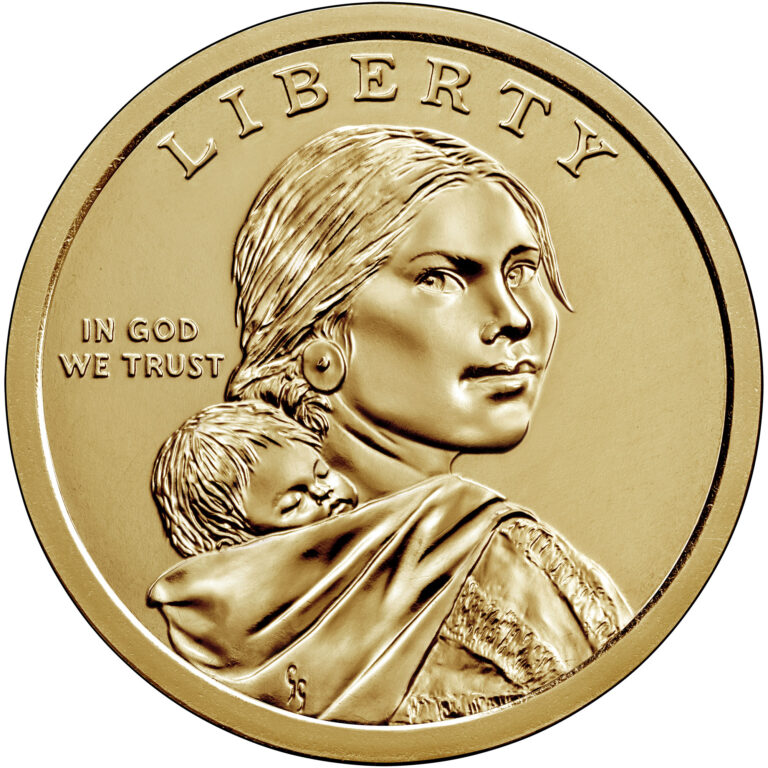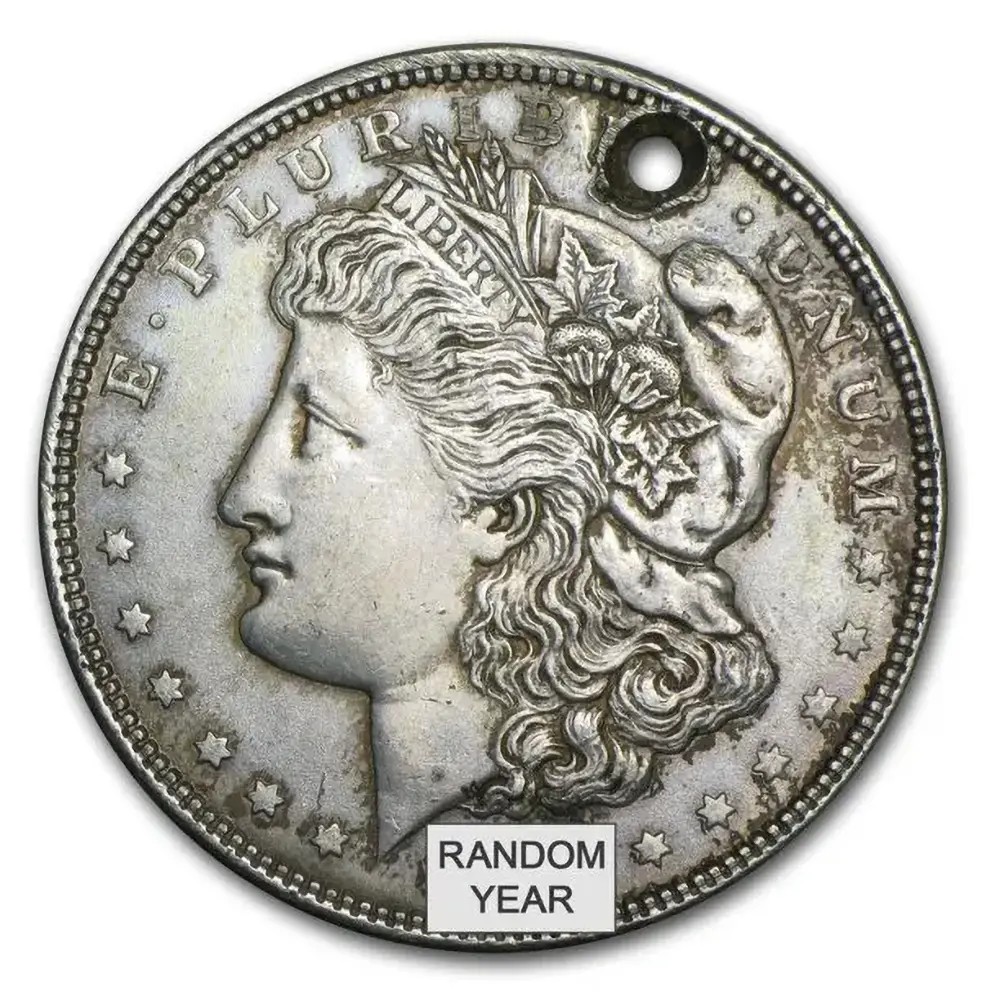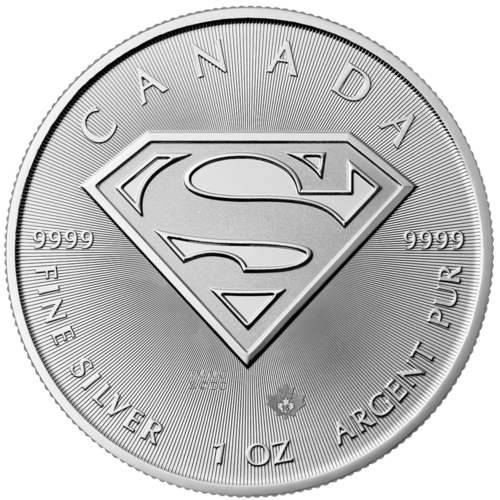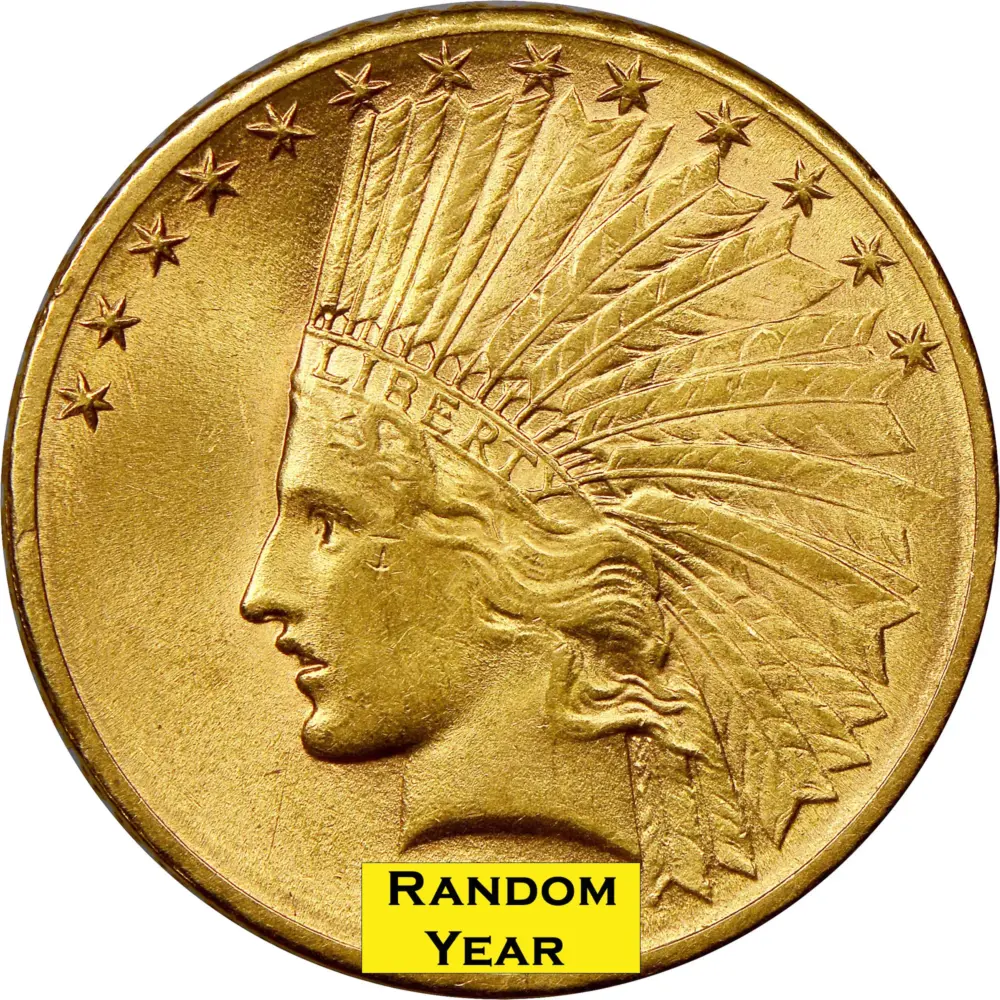American Indians maintained widespread trans-continental, inter-tribal trade for more than a millennium. The Native American trade infrastructure became the channel by which exploration, settlement, and economic development in the colonial period — and later of the young republic — ultimately thrived. When early European traders ventured from eastern city centers into the interior lands, they followed trading routes still in use, often in the company of Native American guides and traders who had used them for generations. In addition, they encountered an ecosystem and Native American culture already being transformed by European goods that had moved along these trading routes long before Europeans themselves arrived in the interior regions.
These routes showed the way to European explorers and traders and marked the corridors for future east-west travel. The Lewis and Clark Expedition in 1803 followed parts of this trail. This cross-continental trade infrastructure culminated in the construction of the modern-day interstate highway system. Trading routes centered on Zuni Pueblo in the Four Corners region of the southwest and the Mojave bead route to the California coast were incorporated into the Old Spanish Trail (now a National Park Service historic trail). The Old Snake Trade Route connected the pueblos of New Mexico north to the Mandan villages in the present-day Dakotas, branching to the west in present-day Wyoming and reaching the Columbia River at The Dalles in Oregon.

